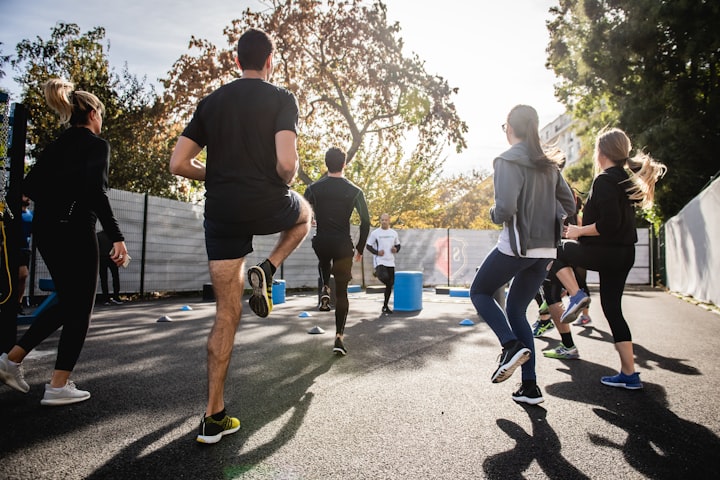
In the modern age of sedentary lifestyles and convenience-driven habits, managing blood sugar levels has become a prevalent concern. With conditions like diabetes on the rise, finding accessible and sustainable methods to regulate blood sugar is crucial for maintaining overall health and well-being. While high-intensity workouts might seem daunting or impractical for some individuals, low-intensity exercises offer a gentle yet effective alternative. In this blog, we'll delve into the realm of low-intensity exercises and explore how they can be instrumental in reducing blood sugar levels.
Understanding Blood Sugar Levels
Before diving into the specifics of low-intensity exercises, let's briefly touch upon the significance of blood sugar levels. Blood sugar, or blood glucose, is a crucial source of energy for the body's cells. However, when blood sugar levels become too high, it can lead to serious health complications, especially for individuals with diabetes. Regular exercise plays a vital role in managing blood sugar levels by enhancing insulin sensitivity and promoting glucose uptake by muscles.
The Power of Low-Intensity Exercise
Low-intensity exercises are characterized by their gentle nature and minimal impact on the body. Unlike high-intensity workouts that often involve rigorous movements and elevated heart rates, low-intensity exercises are more sustainable for individuals of varying fitness levels and physical capabilities. These exercises focus on consistent movement over an extended period, making them ideal for those looking to manage their blood sugar levels without overexertion.
Examples of Low-Intensity Exercises
1. Walking:
One of the simplest yet highly effective low-intensity exercises is walking. Whether it's a leisurely stroll around the neighborhood or a brisk walk in the park, incorporating walking into your daily routine can significantly impact blood sugar levels. Aim for at least 30 minutes of walking most days of the week to reap the benefits.

2. Cycling:
Cycling offers a low-impact cardiovascular workout that can help lower blood sugar levels. Whether indoors on a stationary bike or outdoors on a scenic trail, cycling allows you to control the intensity based on your fitness level and preferences.

3. Swimming:
Swimming is an excellent full-body workout that's gentle on the joints, making it an ideal low-intensity exercise for individuals with mobility issues or joint pain. The resistance provided by the water enhances muscle engagement while keeping the heart rate steady.

4. Yoga:
Yoga combines gentle movements, deep breathing, and mindfulness, making it a holistic approach to managing blood sugar levels. Practicing yoga regularly can improve flexibility, reduce stress levels, and enhance overall well-being.

5. Tai Chi:
Tai Chi is a Chinese martial art known for its slow, flowing movements and focus on balance and coordination. This gentle exercise can help improve insulin sensitivity and promote relaxation, making it beneficial for blood sugar management.
Tips for Incorporating Low-Intensity Exercises
1. Set Realistic Goals:
Start with manageable goals and gradually increase the duration and intensity of your workouts as your fitness improves.
2. Find Enjoyment:
Choose activities that you enjoy and look forward to, whether it's walking in nature, swimming in a pool, or practicing yoga in the comfort of your home.
3. Stay Consistent:
Consistency is key when it comes to reaping the benefits of low-intensity exercises. Aim for regular, daily activity to maintain stable blood sugar levels over time.
4. Monitor Progress:
Keep track of your blood sugar levels before and after exercise to gauge the effectiveness of your workouts. Consult with a healthcare professional to tailor your exercise regimen to your individual needs.
In conclusion, low-intensity exercises offer a gentle yet effective approach to managing blood sugar levels and promoting overall health and well-being.





Comments
There are no comments for this story
Be the first to respond and start the conversation.